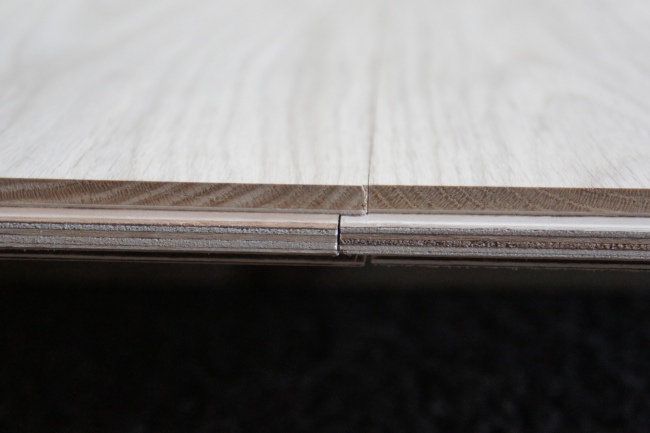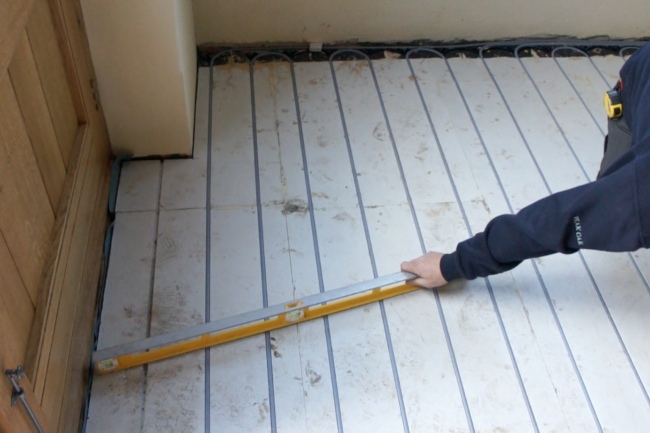Environmental Conditions To Consider Before Laying Engineered Oak Flooring
9th Apr 2020
Whilst designed to be more stable in comparison to solid oak flooring, there are a number of environmental factors that should be considered prior to the fitting of engineered oak flooring.
Both solid and engineered oak flooring should be given time to acclimatise. Acclimatisation allows the boards to adjust to their surroundings and perform any movement before to being fitted into place. We recommend that engineered flooring is stored in a protected, dry place on site where the flooring is to be laid. Ideally these boards should be left for a couple of days to the week prior to installation. Each board should be carefully checked prior to installation - do not install any damaged boards.

During the installation process we recommend the ambient temperature of the room is around 20°C. The relative humidity during this time should be between 45-65% - with the ideal being 55%.
The subfloor should be free from any cracks or movement, clean, dry and absolutely flat. Any irregularities on the subfloor should not exceed 3mm over 1 metre in any direction.
The humidity of the subfloor is also equally as important as the relative humidity. Cement subfloors should be no more than 2%, Wooden subfloors no more than 10% and Anhydrite subfloors no more than 0.5%.
For cement based subfloors with a high moisture reading, a liquid DPD must be applied. If you are using the floating floor method of laying, you must install a vapour barrier of at least 0.2mm thickness and tape the joints.

For the engineered oak flooring to perform adequately for years to come, it is important that the relative humidity and temperature parameters detailed above are consistent within the property at all times. On occasions with poor ventilation, or very high levels of heating and insulation, properties can have very low relative humidity levels (particularly during colder months). This situation can cause problems with the boards - making a re-humidifier a recommended option.
When laying onto an existing floorboard subfloor, any unevenness should be corrected by levelling the joists or for minor unevenness using a sheet material.
Have a question regarding the fitting of engineered oak flooring? Give us a call on 01538 304584.




2 Comments
Hello, I'm trying to find out whether I can have engineered oak flooring running uninterrupted across my existing sitting room - which doesn't have any underfloor heating - into the extension which is currently being built, which WILL have underfloor heating.
My builder has come back to me and said I can't have continuous wood flooring running from a non-underfloor heated area into and area with underfloor heating as the difference in temperature between the two areas will cause the flooring to warp/buckle over time.
I had set my heart on having a continuous run through both rooms. So, I'm not trying to second guess my builder, but I was hoping you, as experts, might be able to tell me if this is definitely the case.
I would be so grateful if you have a sec to let me know your opinion.
Jane Smart February 17, 2022 at 8:48am
Hi Jane,
Your builder is correct in saying that there could potentially be issues with doing this.
The underfloor heating area will experience a broader range of different temperatures in comparison to the none underfloor heating area. This may result in a difference in the expansion and contraction rates between the two areas. This could potentially cause issues down the line.
Hope this helps, please give us a call on 01538 304584 if you wanted to discuss this in a bit more detail.
Peak Oak February 28, 2022 at 2:01pm
Add a comment